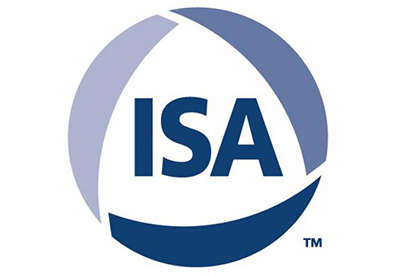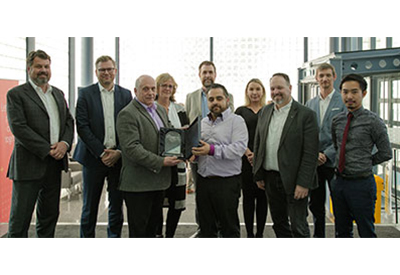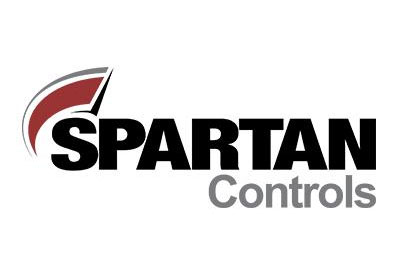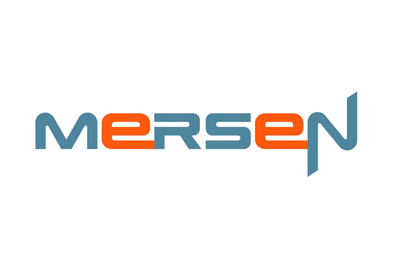Robots Aren’t Taking Over Manufacturing – They’re Making It Easier
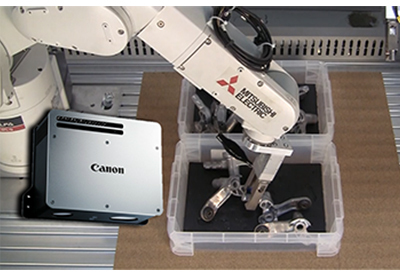
April 6, 2020
By Adam Welch, Product Manager for Robotics, Mitsubishi Electric Automation
You might think of product being transported via conveyors, and people lined up at different stations. These people are probably doing repetitive tasks like placing components onto an assembly. Of course, if you work in automation or your facility has automation deeply integrated in its processes, you know that this sort of thing is not as common anymore. That’s not to say that manufacturing facilities no longer have manual processes, because human minds are needed for complex assembly, quality control inspection, and other tasks that require the sort of cognitive thinking that only humans are capable of. I have to say, the supposed “robot revolution” where automated processes take over completely, and humans are unneeded, is something of a fantasy. We are nowhere near that today, not even in the context of a manufacturing facility.
What is happening, however, is that some of the more mundane jobs that operators are tasked with are going away. I’m talking about the operator who does nothing but place parts onto assembly features or CNC machines for 8-10 hours a day.
It’s true that many of these jobs, which are often low pay, unfulfilling, unsafe, and require little to no intellectual capability, are now capable of being done by robots. Nevertheless, what I often find is that facilities are not letting go of these workers outright, but instead freeing them up to do less mundane tasks. That is happening right now. I want to dispel of the narrative that introducing a robot into your facility means that people will lose their jobs. It’s often untrue. Robots are freeing workers from routine tasks and allowing them to excel in areas that require creative skill and critical thinking.
To facilitate this, robots are getting better and better at recognizing loose parts. That’s why Mitsubishi Electric is partnering with Canon on an innovative new 3D Vision solution. By using Canon’s 3D Vision technology, Mitsubishi Electric robots can recognize a singular part at any orientation by simply uploading a CAD file and taking a picture. The robots can now distinguish between multiple bin, recognizing one part per bin, and having a “memory” or library of 200 individual parts. The robot is now able to perform these repetitive tasks mistake-free, and allows facilities to cut down on expensive, space-hogging equipment such as feeder bowls.
3D Vision is a really cool innovation that gives our robots a strong artificial intelligence aspect, which I know can be intimidating to some people. And it is true the Canon 3D Vision solution allows a robot to essentially replace the mundane tasks of a human worker. But rest assured, this solution was designed to free operators to do tasks that require more cognitive thinking.


